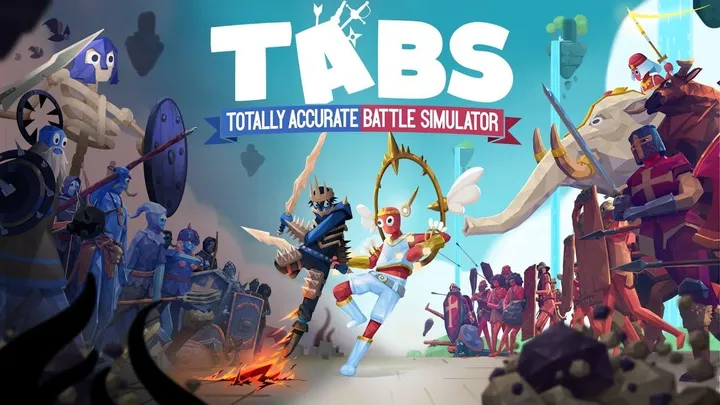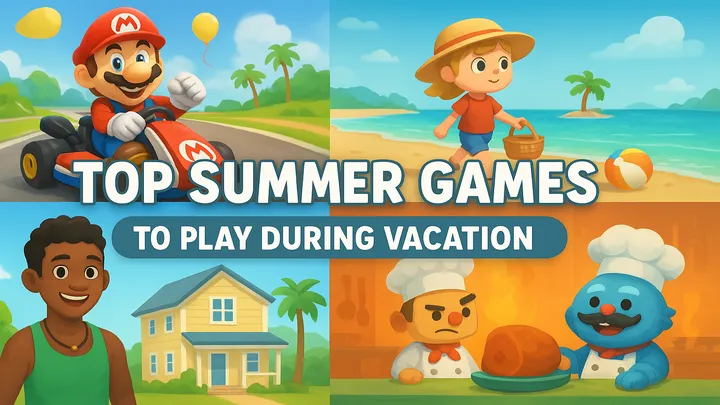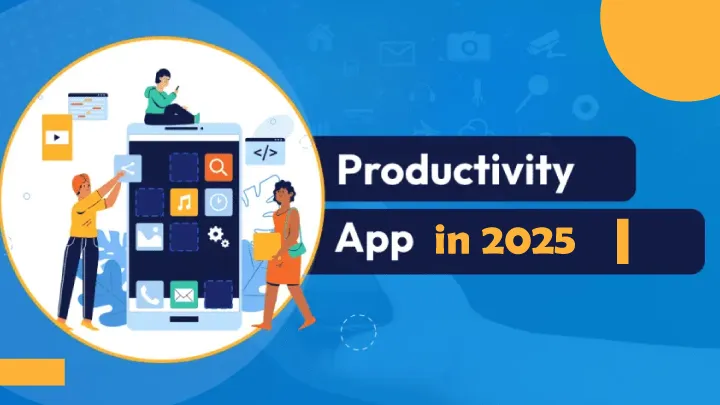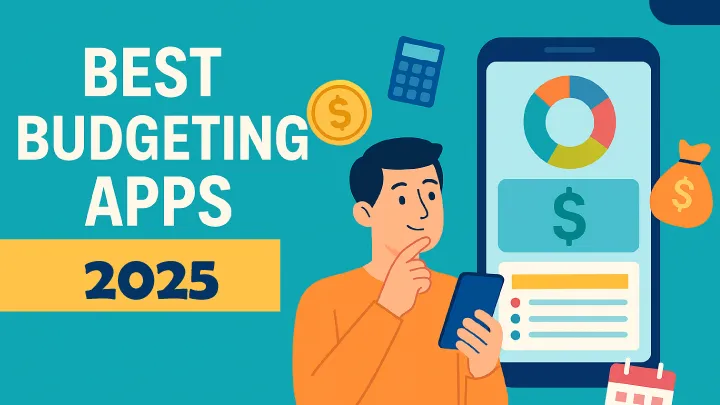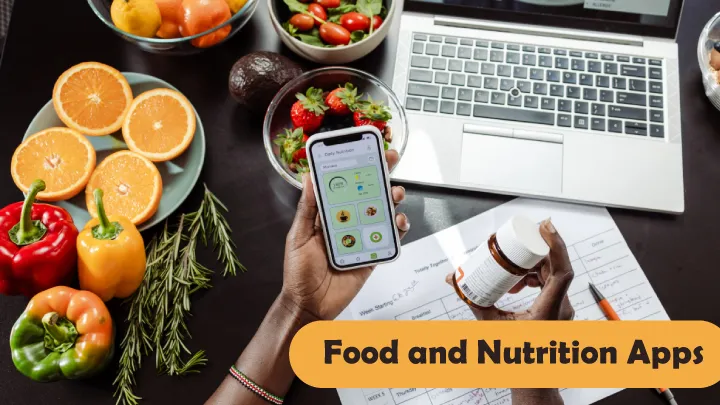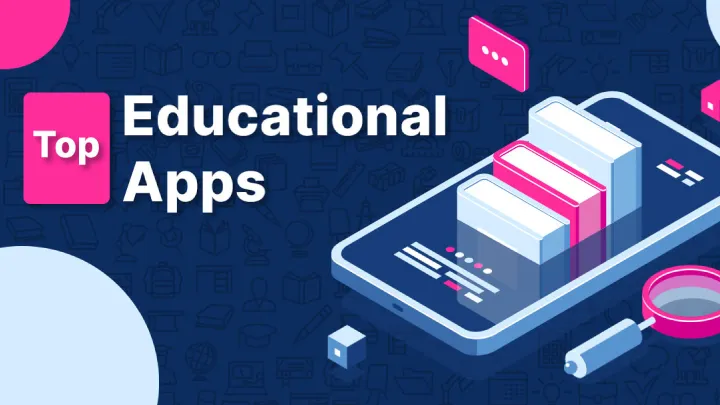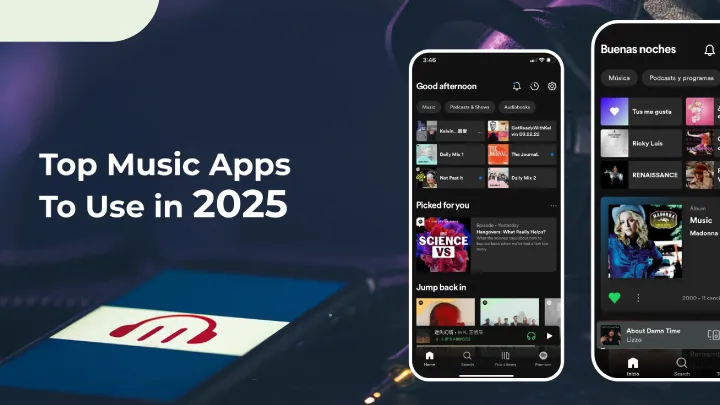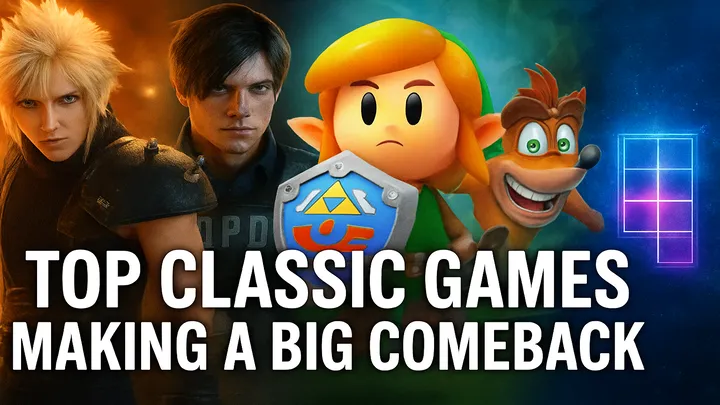In 2025, the concept of productivity has shifted beyond simply working faster or longer hours. Today, it’s about creating balance between career responsibilities and personal well-being. Technology continues to play a vital role in helping individuals and teams streamline workflows, reduce stress, and carve out time for what matters most. Productivity apps are no longer just calendars and to-do lists—they are ecosystems that integrate artificial intelligence, automation, mental health tools, and collaboration features. This article explores the top 10 productivity apps of 2025 that are redefining how we manage our time, optimize tasks, and maintain a sustainable work-life balance.
1. Notion 2025: The All-in-One Workspace Evolves
Notion has long been a favorite for knowledge management, but in 2025 it has transformed into a powerhouse of personal and professional organization. The platform now leverages advanced AI for real-time suggestions, making it easier for users to structure projects, notes, and goals without spending hours on customization. Whether you are a student, freelancer, or executive, Notion adapts its interface to your work style.
The biggest leap in Notion 2025 is its seamless integration with well-being tools. Users can now set personal wellness reminders, track mental health check-ins, and balance daily tasks with rest periods. With flexible templates for journaling, project planning, and even budgeting, Notion continues to be a central hub for both productivity and balance.
Key Highlights
AI-powered organization: Automatically categorizes projects, notes, and deadlines to save time and mental effort.
Well-being integration: Encourages healthier routines by combining productivity with self-care prompts.
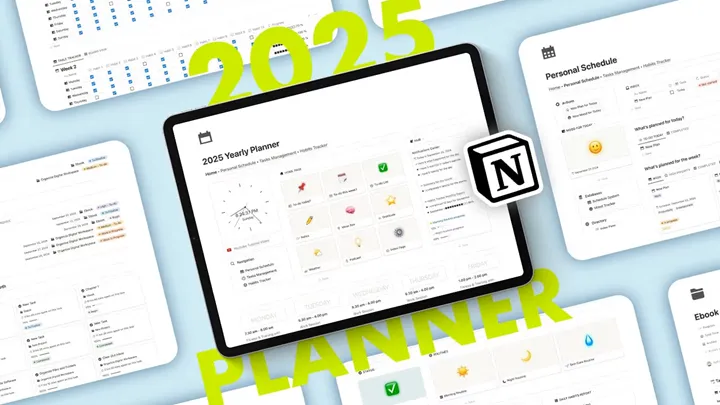
2. Todoist Flow: Task Management Meets Mindfulness
Todoist Flow, launched in early 2025, is a reimagined version of the classic Todoist app. Beyond task management, it emphasizes focus and flow states. The app helps users batch tasks into meaningful sessions while blocking distractions across devices. AI-driven prioritization ensures that energy levels and personal work rhythms are taken into account when scheduling tasks.
Unlike older versions, Todoist Flow integrates mindfulness practices. Short breathing exercises, focus timers, and reminders to take screen breaks are built into the workflow, making productivity feel less like a grind and more like a balanced process.
Key Highlights
Flow-centered design: Organizes tasks around peak productivity periods to maximize efficiency.
Mindful breaks: Encourages users to step back, recharge, and return with renewed energy.
3. Trello Quantum: Visual Collaboration Reimagined
Trello has been a pioneer in visual project management, and its 2025 version—Trello Quantum—takes this legacy to the next level. With immersive 3D boards and augmented reality collaboration, teams can now interact with tasks in spatial environments, whether they’re in the office or working remotely. This helps create an engaging and intuitive experience for managing projects.
For individuals seeking balance, Trello Quantum integrates personal and professional boards side by side. A work board might manage client projects, while a life board can handle meal planning, workouts, or even family goals. By bringing these elements together, Trello makes it easier to see the bigger picture of your life at a glance.
Key Highlights
AR-powered boards: Brings collaboration to life with immersive, interactive project views.
Unified life and work management: Helps balance personal commitments with professional responsibilities.
4. Evernote 2.0: Smart Note-Taking for Work-Life Harmony
Evernote has made a dramatic comeback in 2025 with its AI-driven note management system. It now automatically organizes notes into themes such as health, career, and personal growth. Voice-to-text transcription has also improved significantly, making it possible to capture fleeting thoughts instantly without breaking focus.
The addition of “Life Balance Dashboards” allows users to track how much time they are dedicating to work, family, fitness, and hobbies. Instead of simply being a repository for ideas, Evernote has become a reflective tool that encourages users to live more intentionally.
Key Highlights
AI organization: Tags and sorts notes automatically, freeing users from manual categorization.
Life dashboards: Provides an overview of how time is spent across different areas of life.
5. Microsoft Loop: Collaboration and Flexibility
Microsoft Loop is 2025’s most talked-about collaboration app. Designed for teams working in hybrid environments, it allows seamless real-time editing across documents, spreadsheets, and presentations. Loop’s modular design means users can share parts of a project without needing to send full files, reducing clutter and improving focus.
What makes Loop particularly effective for balance is its boundary-setting tools. Teams can set “focus hours” that automatically mute non-essential notifications. This respects personal downtime and ensures that productivity does not come at the cost of well-being.
Key Highlights
Modular collaboration: Streamlines teamwork by sharing only relevant project sections.
Work-life respect: Customizable focus hours ensure boundaries between work and rest.
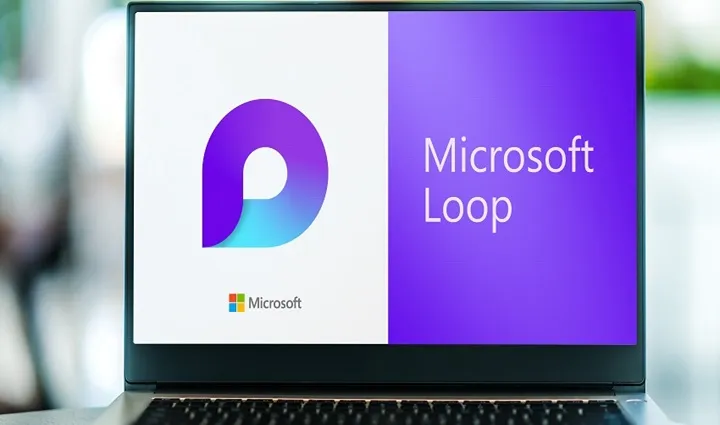
6. ClickUp Balance: Productivity Meets Wellness
ClickUp Balance builds on its reputation as an all-in-one productivity platform by introducing wellness-focused features. It now integrates task prioritization with health metrics such as sleep tracking and stress monitoring, helping users align their work output with their personal health data.
For teams, ClickUp Balance provides visual workload distribution, ensuring that no one is overloaded. This supports not only productivity but also long-term employee well-being, making it popular among organizations prioritizing sustainable performance.
Key Highlights
Health integration: Links productivity to biometric data for smarter scheduling.
Balanced workloads: Helps teams avoid burnout by distributing tasks fairly.
7. Asana Horizon: Long-Term Goal Alignment
Asana Horizon emphasizes long-term planning by helping individuals and organizations align daily tasks with broader goals. With AI-driven insights, users can visualize how their work contributes to yearly or even decade-long objectives. This perspective encourages balance by shifting focus away from constant busyness to meaningful progress.
The app also integrates with personal goals such as fitness or financial milestones, ensuring that work does not overshadow other areas of life. By combining professional and personal ambitions, Asana Horizon provides a comprehensive framework for sustainable growth.
Key Highlights
Future-oriented design: Connects daily activities with larger life and career goals.
Personal integration: Balances professional success with personal fulfillment.
8. Forest 2.0: Gamifying Focus and Rest
Forest has long been popular for its gamified approach to focus, and its 2025 update has expanded the concept to include balance. Users now grow not only trees but entire ecosystems, symbolizing both productive work sessions and restorative breaks. The app rewards users for prioritizing self-care alongside task completion.
Forest 2.0 also encourages group challenges, where friends or coworkers can collaborate on collective forests by balancing their focus sessions together. This unique blend of productivity and play makes Forest a refreshing tool for maintaining balance.
Key Highlights
Ecosystem growth: Represents both work and rest in a visual, rewarding system.
Social balance: Encourages collective productivity without neglecting downtime.
9. Slack Mindful: Smarter Communication
Slack Mindful, the latest evolution of the workplace communication platform, integrates AI to reduce message overload. It summarizes threads, highlights action items, and delays non-urgent notifications to respect focus time. For many, this means less screen fatigue and fewer distractions throughout the day.
In addition, Slack Mindful incorporates wellness nudges, such as reminders to hydrate or stretch after long meetings. By blending communication with health awareness, it fosters not only productivity but also better work-life integration.
Key Highlights
AI summarization: Reduces the need to read through endless messages by providing concise summaries.
Wellness nudges: Integrates small reminders to prioritize physical and mental health.
10. Google ZenSpace: Balance-Centered Productivity
Google’s newest productivity platform, ZenSpace, is designed entirely around balance. It combines the power of Google Workspace with AI wellness coaching, helping users manage time without neglecting personal priorities. ZenSpace offers guided focus sessions, digital detox reminders, and tools to reflect on daily achievements.
Its biggest strength lies in its adaptability. Whether you are a busy professional, a student, or someone looking to reclaim personal time, ZenSpace adjusts to your goals and creates a personalized productivity plan that respects balance.
Key Highlights
Personalized coaching: Uses AI to recommend schedules that support both productivity and wellness.
Digital detox tools: Encourages healthier relationships with technology.
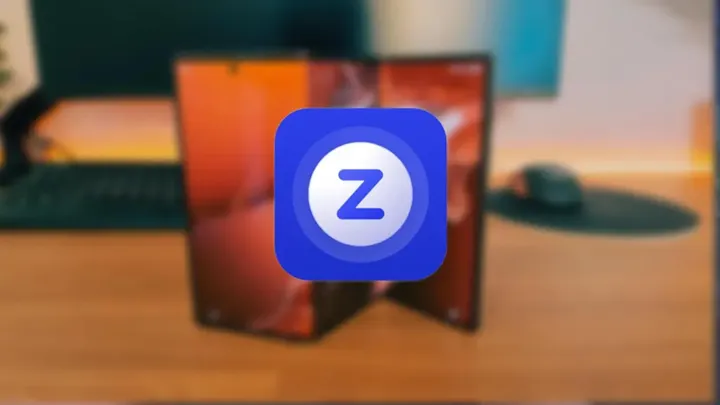
Conclusion
The productivity apps of 2025 go far beyond task lists and reminders. They integrate artificial intelligence, mental health support, and lifestyle awareness to create tools that are not just about getting more done, but about living better. From Notion’s all-in-one ecosystem to Google ZenSpace’s wellness-first design, these apps show us that productivity and balance are no longer competing priorities—they are two sides of the same coin. As we move forward, these platforms remind us that success is not only measured by work accomplished, but also by the quality of life we maintain while achieving it.
